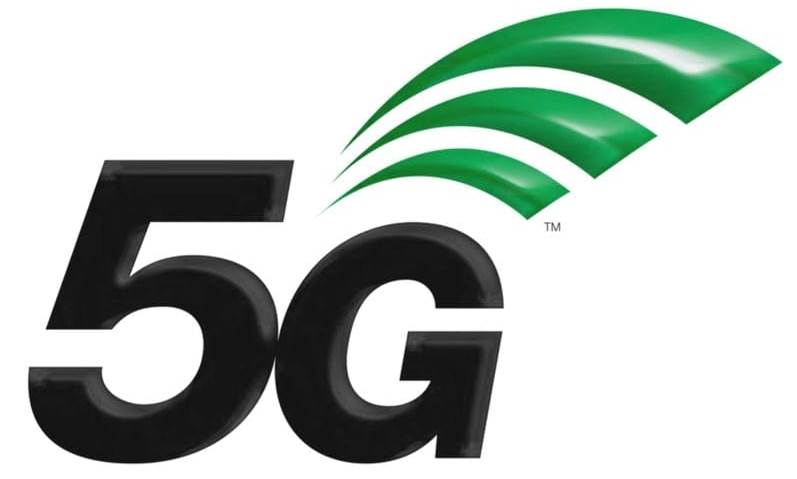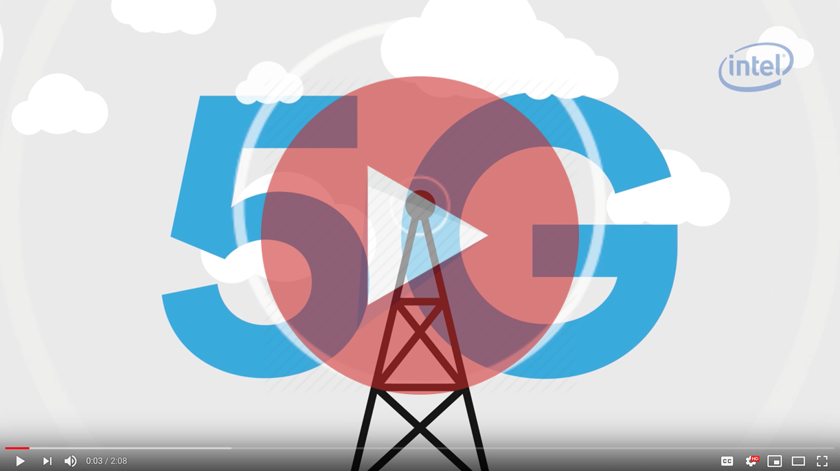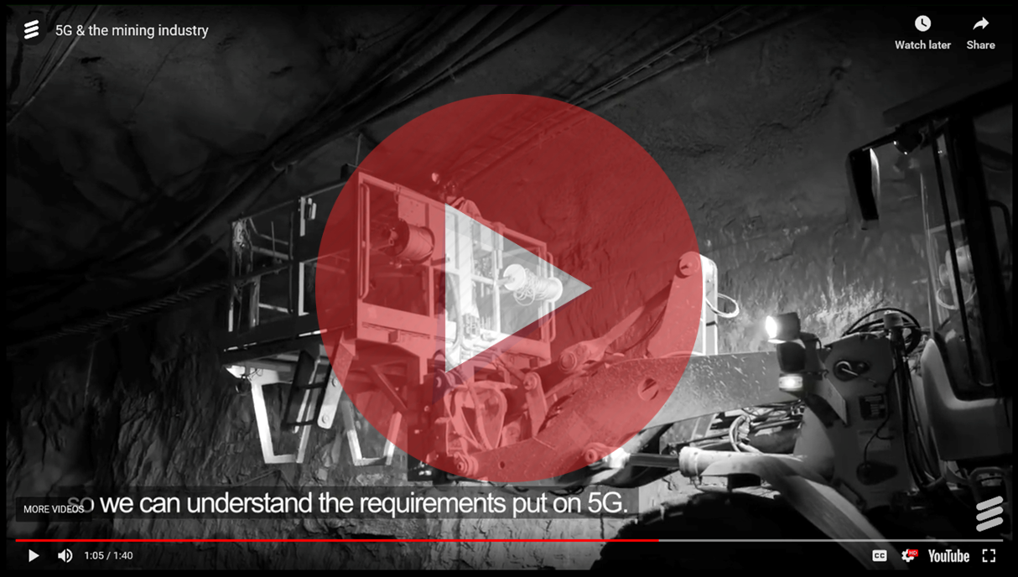The fifth generation of wireless technology promises lightning-fast speed, incredibly low latency, and the capacity to carry massive numbers of connections simultaneously. Carriers around the world are now trialling 5G wireless communications with the networks and technology going live during 2019.
There have been numerous terms to describe the potential impact 5G will have on the way we live and do business such as “the 4th Industrial Revolution”, “the Next Big Thing”, “a game changer” and “the death of the NBN”. One thing is for certain… when it’s fully operational, you will be doing things differently. This article will help to prepare you and your customers for the arrival of 5G, and hopefully get you to start planning for the possibilities a better connected world can deliver.
5G – What is it?
In a nutshell, it’s the next iteration of wireless communications. But it is not just an incremental change from the current 4G LTE technology. 5G is a quantum leap forward… many communications parameters are changed in the new standards being proposed. The 5G standard is published by the 3rd Generation Partnership Project (3GPP) www.3gpp.org and targets high data rate, reduced latency, energy saving, cost reduction, higher system capacity, and massive device connectivity.

While the final standards for the full implementation of higher frequency 5G in Australia are still with ACMA (Australian Communications & Media Authority), the spectrum for the core frequencies have already been purchased, and are being trialled by the likes of Telstra, Optus and Vodafone. All the major handset manufacturers have announced plans for 5G handsets, with Samsung the latest to reveal its Galaxy S10 5G for purchase later in the year.
The headlines are around data speed, eventually up to 20Gbs, but more like 1.5-4Gbs in the first roll out of 3.6Ghz frequencies. That’s still 20-50 times faster than current 4G.
Low latency of 1ms compared to 60ms in 4G, due to a far more efficient wireless protocol and back end network design.
Network slicing is another huge improvement, with 5G’s ability to carve out individual slivers of spectrum to offer specific devices the kind of connection they need. For instance, the same cellular tower can offer a lower power, slower connection to a sensor for a connected water meter in your home, while at the same time offering a faster, lower latency connection to a self-driving car that’s navigating in real time.
However, it will not be until Release 16, and the local frequency approval by ACMA, that the final specifications will become available, and that is probably NOT going to be until sometime during 2020.
5G is the real enabler of IoT with its ability to communicate with large numbers of devices and sensors very quickly with the MMTC protocol (Massive Machine Type Communications).
The video from Intel gives a good brief overview of what 5G means.
What can you do with It?
The first large scale roll outs of the technology will probably not be the latest 5G smartphones (though these devices are becoming available right now) but rather fixed wireless broadband, as an alternative to ADSL, FTTN etc. Base stations and coverage can be easily mapped providing reliable high speed internet, whereas 5G handsets will most likely be defaulting back to 4G for quite a while until network coverage is expanded. Here are just a few examples of what could be possible.
Fixed wireless broadband
The NBN is a wholesale network providing a variety of connectivity solutions to service providers who in turn provide internet to retail customers. Therefore, there is no reason why some NBN RSPs may end up delivering a 5G fixed wireless broadband service, just like they do today with 4G services but at a significantly higher 5G speed. Assume all the major telcos will offer consumer or business 5G fixed wireless broadband where provisioning wirelessly is more cost effective than a physical cable.
Video Streaming
For the movie tragics downloading a typical HD movie would take approximately 17 seconds with 5G compared to 6-7+ minutes, at best with 4G.
Edge and local computing
Enabling services that bring computing power closer to the point where it is needed such as sensor data from remote wireless devices could be collected. This data is then processed or analysed on the spot and pushed back up to the data centre eliminating the latency incurred by a round trip accessing public cloud-based applications with today’s technology.
Autonomous vehicles
You want high speed, low latency and a massive number of simultaneous prioritised connections to autonomous vehicles to make the concept work. Only 5G can do this.
Health care
The ultra low latency communications component of 5G could fundamentally change health care with a world of new possibilities. Expect to see improvements in telemedicine, remote recovery and physical therapy via AR, (Augmented Reality) precision surgery, and even remote surgery in the coming years.
Industrial automation
Remote operations of industrial equipment in dangerous locations or environments such as mining and manufacturing. Smart manufacturing is dependent on industrial automation, which relies heavily on the use of robots and machine intelligence. The factory of the future will be realised through the digitisation of the manufacturing process and plants, enabled by 5G networks. The video below from Ericsson provides an insight into mining and 5G.
IoT and Smart Cities
5G is at the core of large scale IoT deployments including smart cities as it could provide coverage density 100 times greater than current standards. It is also able to support up to 1 million devices per square kilometre, and of course 5G will deliver the massive improvements in speed, throughput, device deployment, traffic capacity, latency and spectrum efficiency required by the smart city ecosystem.
What’s the catch?
It is not quite commercially available being the most obvious. The current release (Release 15) of the standard will cover the 3.6Ghz deployment and associated equipment. However, it will not be until Release 16 and the local frequency approval by ACMA that the final specifications for mmWave deployments and other 5G enhancements such as URLLC (ultra reliable low latency communications) will become available and that is probably going to be until sometime during 2020.
Then the telcos must build the 5G networks with sufficient coverage to be practical. 5G will require greater tower density as the higher frequencies cannot travel as far. This is especially the case with mmWave 5G where a tower could have a coverage of only a few hundred square metres i.e. a football stadium, depending on the building density or topography.
What does it mean for the channel?
As I have written previously, cloud only works if you are connected to it, and 5G turbo charges cloud based computing applications because of its combination of high speed, low latency and mobility.
5G is the real enabler of IoT with its ability to communicate with large numbers of devices and sensors very quickly with the MMTC protocol (Massive Machine Type Communications. Therefore, the channel should be skilling up and looking for potential industrial or commercial IoT opportunities within their customer base. IoT deployments will need plenty of back end device management and analytics, and partners offering overarching managed services will be well positioned to capitalise on the 5G IoT enabler.
Along the same line with various verticals including banking & finance, healthcare, retail etc, where there is a need to be able to connect reliably at high speed and with low latency opens a world of new possibilities. ISVs will have the ability to develop new customer applications to solve business problems that would not have been practical or possible without 5G connectivity or capabilities.
It goes without saying if you have a huge increase in connected devices, they will all need to be secured. Therefore, having the requisite security skills to able to design, deploy and manage 5G installations will be a channel must have.
Finally, the channel will need to continually evaluate the various telco 5G offerings and coverage maps to make sure they are able to deliver a viable 5G customer solution. Additionally, this may mean re-evaluating how they engage with the telcos that have not always had a great track record in being channel friendly.
Whichever way you look at it the future is looking like being far more connected because of 5G.
Feel free to ping me at cwayland@channeldynamics.com.au to let me know what your 5G plans are looking like.




